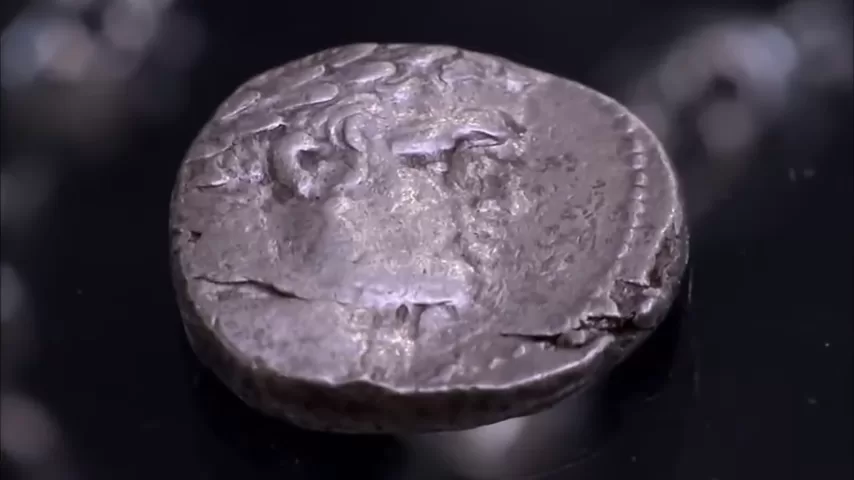Coins have long been an essential part of history, telling stories of trade, empires, and even biblical events. One such remarkable coin is the Shekel of Tyre, a silver coin used in the ancient Middle East. While many of these coins circulated widely, their connection to biblical history has made them highly sought-after by collectors and historians alike.
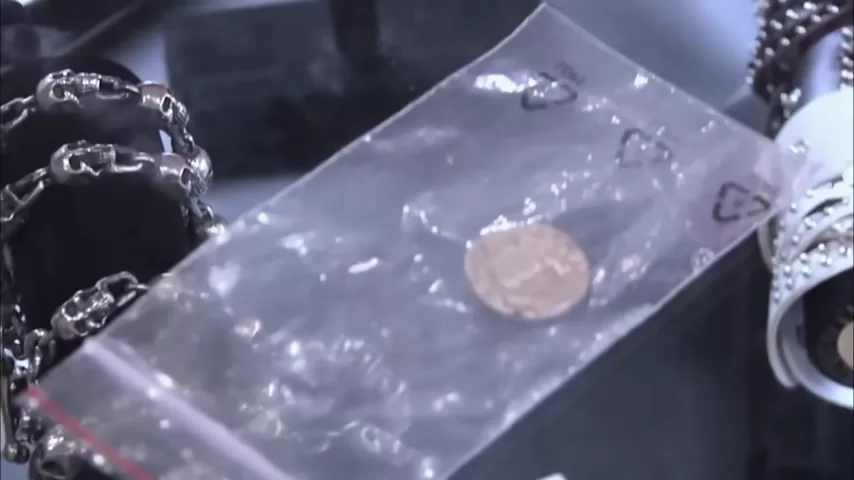
A Coin with Biblical Significance
The Shekel of Tyre is often associated with one of the most infamous transactions in history—the 30 pieces of silver that Judas Iscariot received for betraying Jesus. Though it’s impossible to confirm that any particular coin was among those 30, the Shekel of Tyre was the most commonly used currency for temple transactions in Jerusalem during that time. This association gives the coin an almost legendary status among collectors.
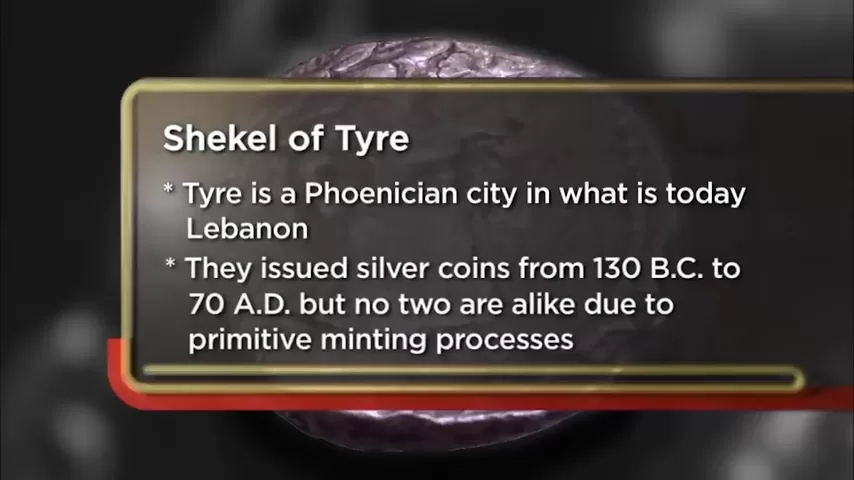
Historical Background
- Minted in Tyre: The Shekel of Tyre was minted in the ancient Phoenician city of Tyre between 126 BCE and 57 CE.
- Silver Content: These coins were highly prized for their high silver purity (about 94%), making them the preferred currency for religious and large financial transactions.
- Temple Tax: It was commonly used to pay the annual Temple Tax in Jerusalem, which every Jewish male over the age of 20 was required to pay.
- Iconography: The coin features the head of Melqart, a Phoenician deity, on one side and an eagle standing on a ship’s prow on the other.
The Coin’s Rarity and Value
Despite their widespread use in ancient times, Shekels of Tyre are now considered rare collectibles. However, their value is significantly affected by their condition.
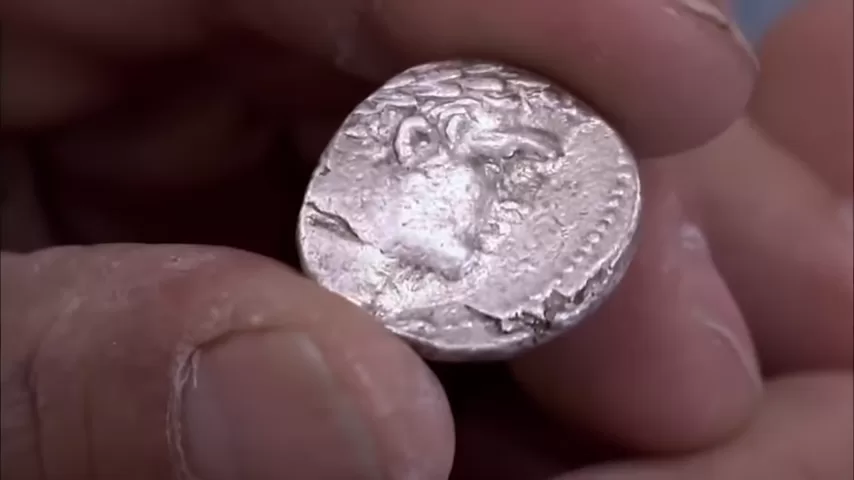
- A pristine, uncleaned Shekel of Tyre can fetch upwards of $5,000, especially if it has sharp details and a well-centered strike.
- Cleaning reduces value: In numismatics, cleaning a coin is often considered damage. A cleaned Shekel of Tyre might only be worth $1,500 to $2,000, depending on the extent of the cleaning and the remaining details.
- Off-Center Strikes: Ancient minting techniques involved hammering a blank coin with a four-foot-long hammer, meaning no two coins were exactly identical. Many Shekels of Tyre show slightly off-center designs, which is common among ancient coins.
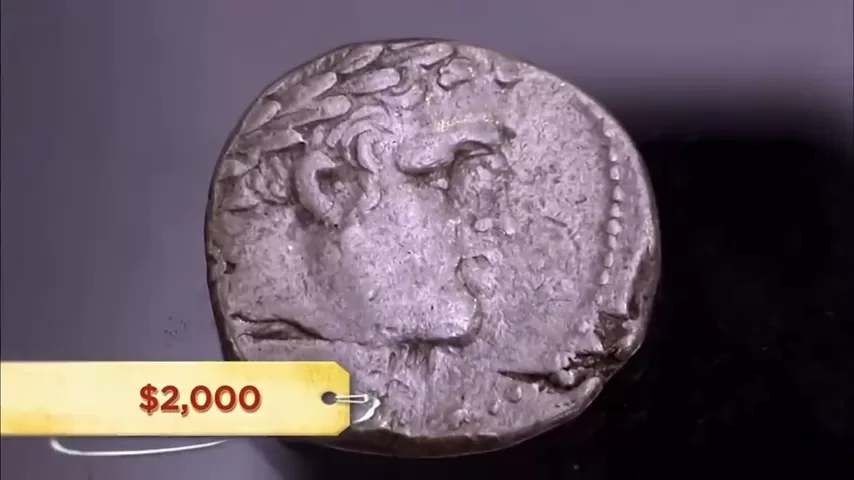
The Buying and Selling Process
Recently, a collector tried to sell a Shekel of Tyre, believing it held immense historical and monetary value. While the coin’s authenticity and historical importance were undeniable, the fact that it had been cleaned diminished its worth.
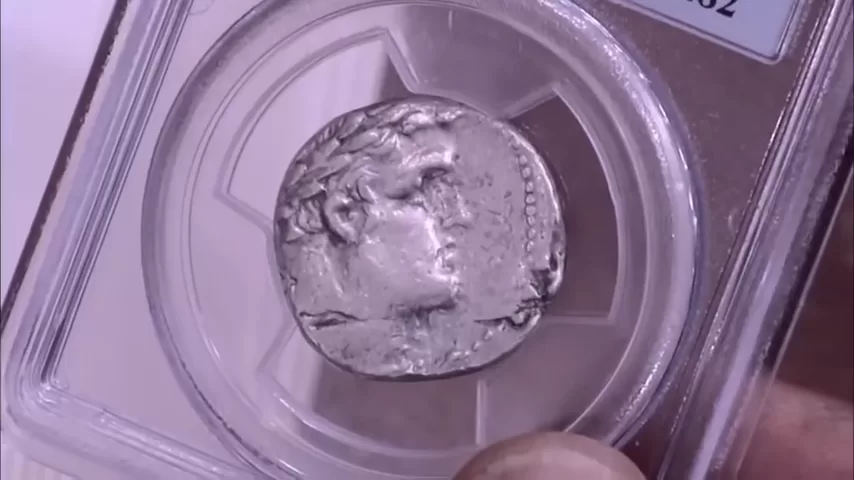
The initial asking price was $2,000, but after negotiations, the final sale price settled at $1,600. This highlights the importance of coin preservation—cleaning, while it may seem like a way to enhance appearance, can significantly reduce its market value.
Final Thoughts
Owning a Shekel of Tyre is like holding a tangible piece of history. Whether or not it was part of the infamous 30 pieces of silver, its connection to the biblical era and its role in the Temple Tax make it one of the most intriguing coins for collectors. If you happen to come across one, preserving its original condition is key to maintaining its value in the world of numismatics.
